Front_Matter
Load-Pull Techniques with Applications to Power Amplifier Design
Preface
Acknowledgements
Contents
Chapter1_Fundamentals
Chapter 1: Fundamentals
1.1 Introduction
1.2 RF Power Amplifier Characteristics
1.3 Figures of Merit
1.3.1 Drain Efficiency and Power Added Efficiency
1.3.2 Intermodulation and Harmonic Distortions
1.3.3 Adjacent Channel Power Ratio
1.3.4 Error Vector Magnitude
1.4 Power Amplifier
1.5 Power Amplifier Design Methodologies
1.5.1 CAD-Based Design Methods
1.5.2 Measurement-Based Design Methods
1.6 Nonlinear Microwave Measurement System
1.6.1 What Is Load-Pull?
1.6.2 Why Load-Pull?
1.7 Important Load-Pull Features
1.7.1 Repeatability of Reflection Coefficients
1.7.2 Tuning Range and Its Distribution
1.7.3 Tuning Speed
1.7.4 Power Handling Capability
1.7.5 Tuner Resolution
1.7.6 Tuner Bandwidth
1.7.7 Tuner Size
1.8 Common Load-Pull Systems
References
Chapter2_Passive_Load_Pull_Systems
Chapter 2: Passive Load-Pull Systems
2.1 Introduction
2.2 Passive Load-Pull System
2.2.1 Electromechanical Tuner (EMT)
2.2.2 Electronic Tuner (ETS)
2.2.3 ETS and EMT Comparisons
2.3 Load-Pull Measurement
2.3.1 Load-Pull Setup
2.3.2 System Calibration
2.4 Harmonic Load-Pull System
2.4.1 Triplexer Based Harmonic Load-Pull Setup
2.4.2 Harmonic Rejection Tuner Based Harmonic Load-Pull Setup
2.4.3 Single Tuner Harmonic Load-Pull Setup
2.4.4 Harmonic Load-Pull Comparisons
2.5 Tuning Range Enhancement
2.5.1 Enhanced Loop Architecture
2.5.2 Cascaded Tuner
References
Chapter3_Active_Load_Pull_System
Chapter 3: Active Load-Pull Systems
3.1 Introduction
3.2 Closed-Loop Load-Pull System
3.2.1 System Realization
3.2.2 Analysis of Closed-Loop System
3.3 Closed-Loop Load-Pull Architectures
3.4 Optimized Closed-Loop Load-Pull System
3.5 Feed-Forward Load-Pull System
3.6 Optimized Feed-Forward Load-Pull System
3.7 Harmonic Feed-Forward Load-Pull System
3.8 Open-Loop Load-Pull System
3.9 Convergence Algorithm for Open-Loop and Feed-Forward Load-Pull Techniques
3.10 Comparison of Active Load-Pull Techniques
References
Chapter4_Six_Port Based Load_Pull System
Chapter 4: Six-Port Based Load-Pull System
4.1 Introduction
4.2 Impedance and Power Flow Measurement
4.3 SP in Reverse Configuration
4.3.1 SP Calibration in Reverse Configuration
4.3.2 Error Box Calculation
4.3.3 Discussion
4.4 SP Based Source-Pull Configuration
4.5 SP Based Load-Pull Configuration
4.5.1 Passive Load-Pull System
4.5.2 Active Branch Load-Pull System
4.5.3 Active Loop Load-Pull System
4.6 On-Wafer Load-Pull Measurements
4.7 Applications of Source-Pull Setup
4.7.1 Low Noise Amplifier Characterization
4.7.2 Mixer Characterization
4.7.3 Power Amplifier Characterization
4.8 Oscillator Measurements
4.9 AM/AM and AM/PM Measurements
4.9.1 Principles of Operation
4.9.2 Measurement Procedure
References
Chapter5_High_Power_Load_Pull System
Chapter 5: High-Power Load-Pull Systems
5.1 Introduction
5.2 Limitations of Existing Load-Pull Systems
5.2.1 Problems Due to High Standing Waves
5.2.2 Problem of Large Load-Pull Power
5.3 High-Power Load-Pull
5.3.1 Pre-matching Technique
5.3.2 Enhanced Loop Architecture
5.3.3 Quarter Wave Transformer Technique
5.3.4 Broadband Impedance Transformer Technique
5.4 Impact of a Transformation Network on PLP and VSWR
5.5 Hybrid Load-Pull System
5.6 Calibration and Data Extraction
References
Chapter6_Envelope_Load_Pull_System
Chapter 6: Envelope Load-Pull System
6.1 Introduction
6.2 Envelope Load-Pull Concept
6.2.1 Mathematical Formulation
6.3 Practical Realization
6.3.1 Design of Control Unit
6.4 ELP Calibration
6.4.1 Error Flow Model Formulation
6.4.2 Simplification of the Error Flow Model
6.4.3 Calibration Technique
6.4.4 Evaluation of the Calibration Technique
6.5 Stability Analysis
6.6 Features of the Envelope Load-Pull System
6.7 Harmonic Envelope Load-Pull System
6.8 Unique Measurement Applications
References
Chapter7_Waveform Measurement and Engineering
Chapter 7: Waveform Measurement and Engineering
7.1 Introduction
7.2 Theoretical Formulation
7.3 Historical Perspectives
7.4 Practical Waveform Measurement System
7.5 System Calibration
7.5.1 First Step: Power Flow Calibration
7.5.2 Second Step: S-Parameter Calibration
7.5.3 Third Step: Enhanced Calibration
7.5.4 Calibration Evaluation
7.6 Six-Port Based Waveform Measurement System
7.6.1 Multi-harmonic Reference Generator
7.6.2 SP Reflectometer Principle
7.6.3 Multi-harmonic SP Reflectometer Architecture
7.6.4 Multi-harmonic SP Reflectometer Calibration
7.6.5 Calibration Verification
7.7 Waveform Engineering
7.8 Applications of Waveform Engineering
7.8.1 Transistor Characterization
7.8.2 CAD Incorporation
7.8.3 Power Amplifier Design
References
Chapter8_Advanced Configurations and Applications
Chapter 8: Advanced Configurations and Applications
8.1 Introduction
8.2 Multi-tone Load-Pull Technique
8.3 Real-Time Multi-harmonic Load-Pull Technique
8.4 Modulated Signal Load-Pull Technique
8.5 Multi-tone Envelope Load-Pull Technique
8.6 Wideband Load-Pull Technique
8.6.1 Wideband Load-Pull Approach
8.6.2 Setup Description
8.7 Noise Characterization
8.7.1 Noise Parameter Measurement
8.7.2 Noise Parameter Test Setup
8.8 Mixer Characterization
8.8.1 Measurement Setup
8.8.2 Experimental Procedure
References
Back_Matter
Authors
About the Book
Index

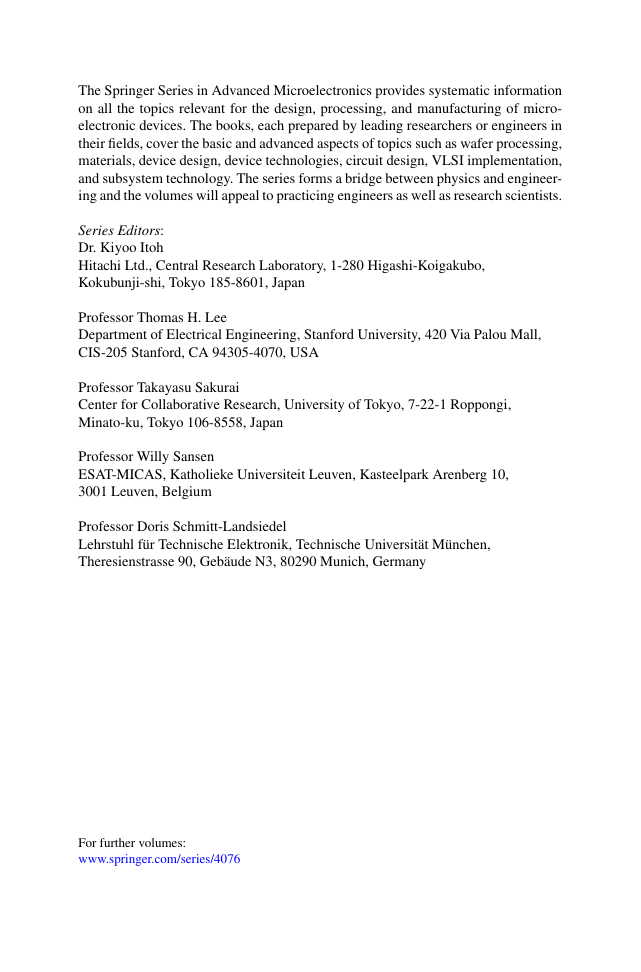
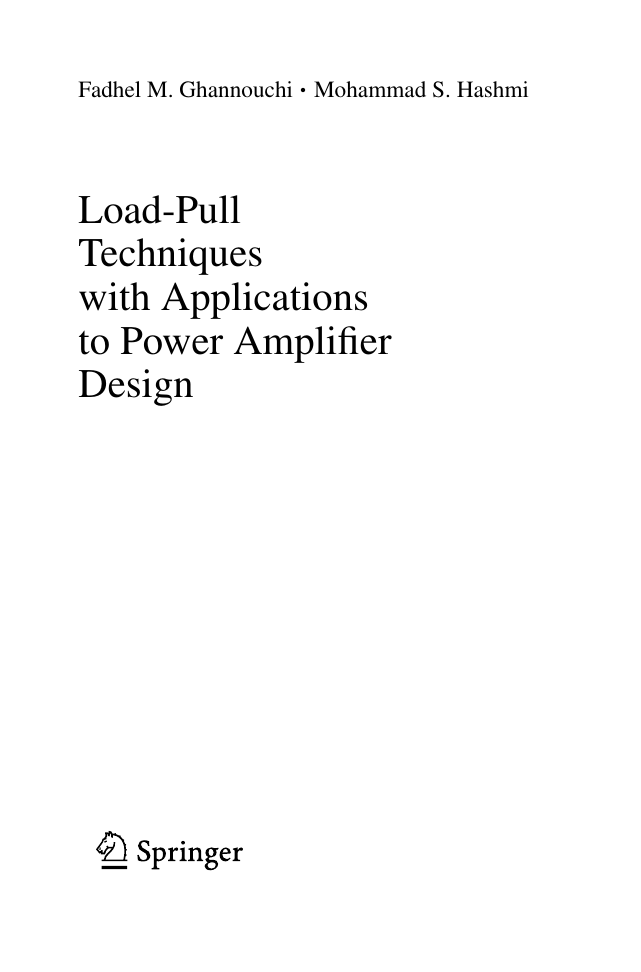
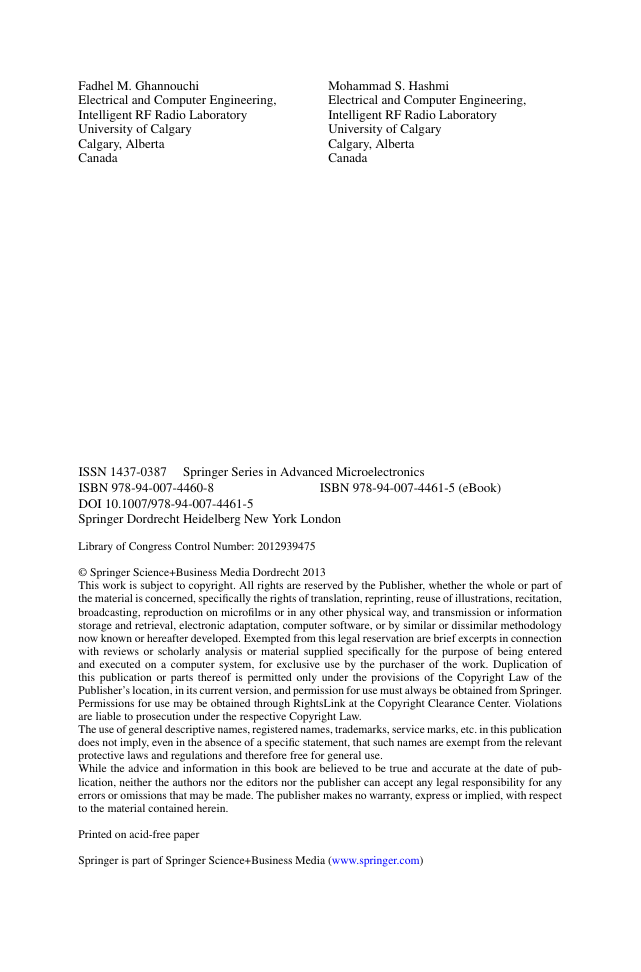

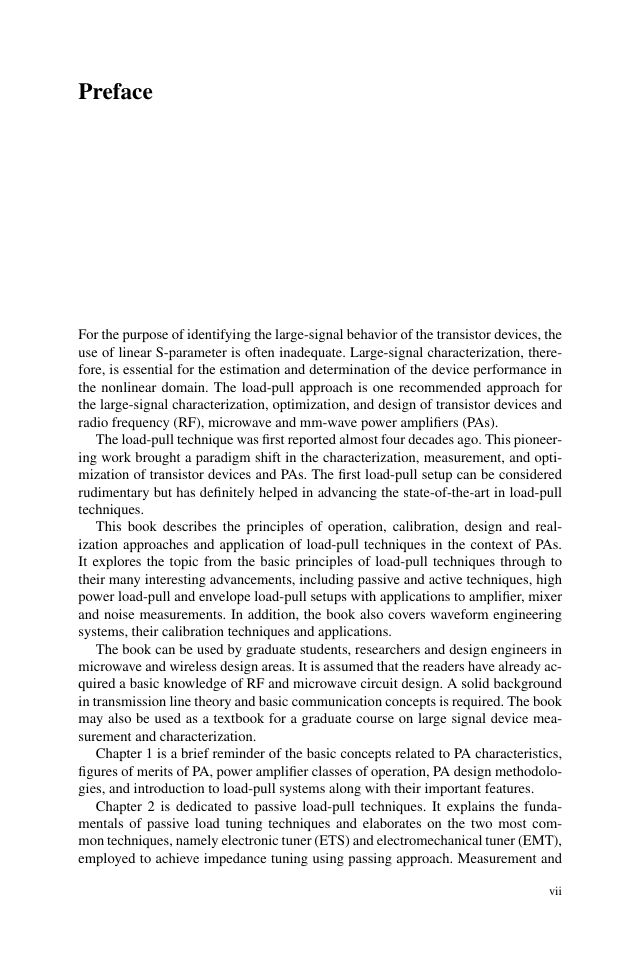

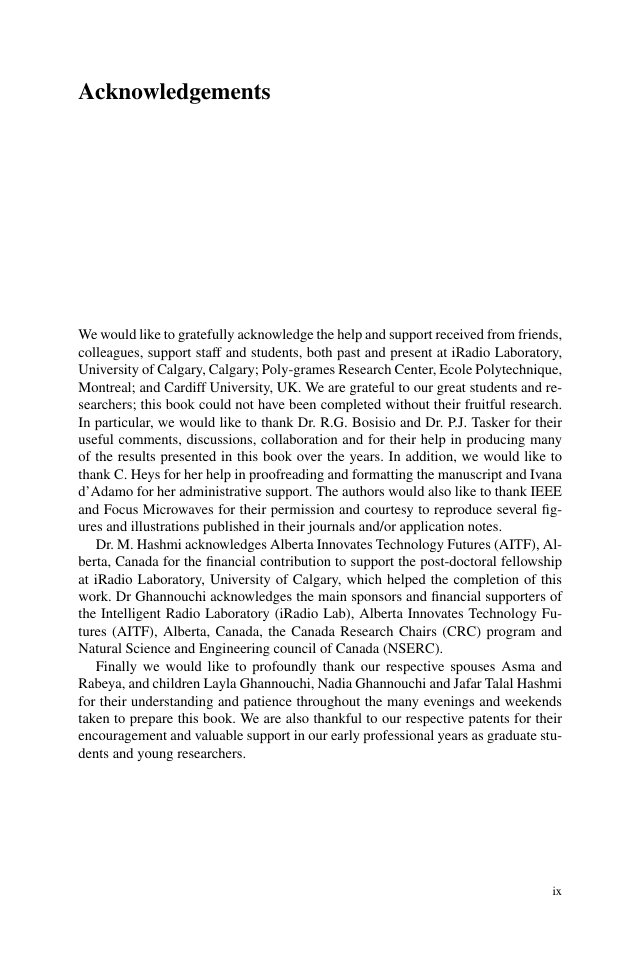








 2023年江西萍乡中考道德与法治真题及答案.doc
2023年江西萍乡中考道德与法治真题及答案.doc 2012年重庆南川中考生物真题及答案.doc
2012年重庆南川中考生物真题及答案.doc 2013年江西师范大学地理学综合及文艺理论基础考研真题.doc
2013年江西师范大学地理学综合及文艺理论基础考研真题.doc 2020年四川甘孜小升初语文真题及答案I卷.doc
2020年四川甘孜小升初语文真题及答案I卷.doc 2020年注册岩土工程师专业基础考试真题及答案.doc
2020年注册岩土工程师专业基础考试真题及答案.doc 2023-2024学年福建省厦门市九年级上学期数学月考试题及答案.doc
2023-2024学年福建省厦门市九年级上学期数学月考试题及答案.doc 2021-2022学年辽宁省沈阳市大东区九年级上学期语文期末试题及答案.doc
2021-2022学年辽宁省沈阳市大东区九年级上学期语文期末试题及答案.doc 2022-2023学年北京东城区初三第一学期物理期末试卷及答案.doc
2022-2023学年北京东城区初三第一学期物理期末试卷及答案.doc 2018上半年江西教师资格初中地理学科知识与教学能力真题及答案.doc
2018上半年江西教师资格初中地理学科知识与教学能力真题及答案.doc 2012年河北国家公务员申论考试真题及答案-省级.doc
2012年河北国家公务员申论考试真题及答案-省级.doc 2020-2021学年江苏省扬州市江都区邵樊片九年级上学期数学第一次质量检测试题及答案.doc
2020-2021学年江苏省扬州市江都区邵樊片九年级上学期数学第一次质量检测试题及答案.doc 2022下半年黑龙江教师资格证中学综合素质真题及答案.doc
2022下半年黑龙江教师资格证中学综合素质真题及答案.doc